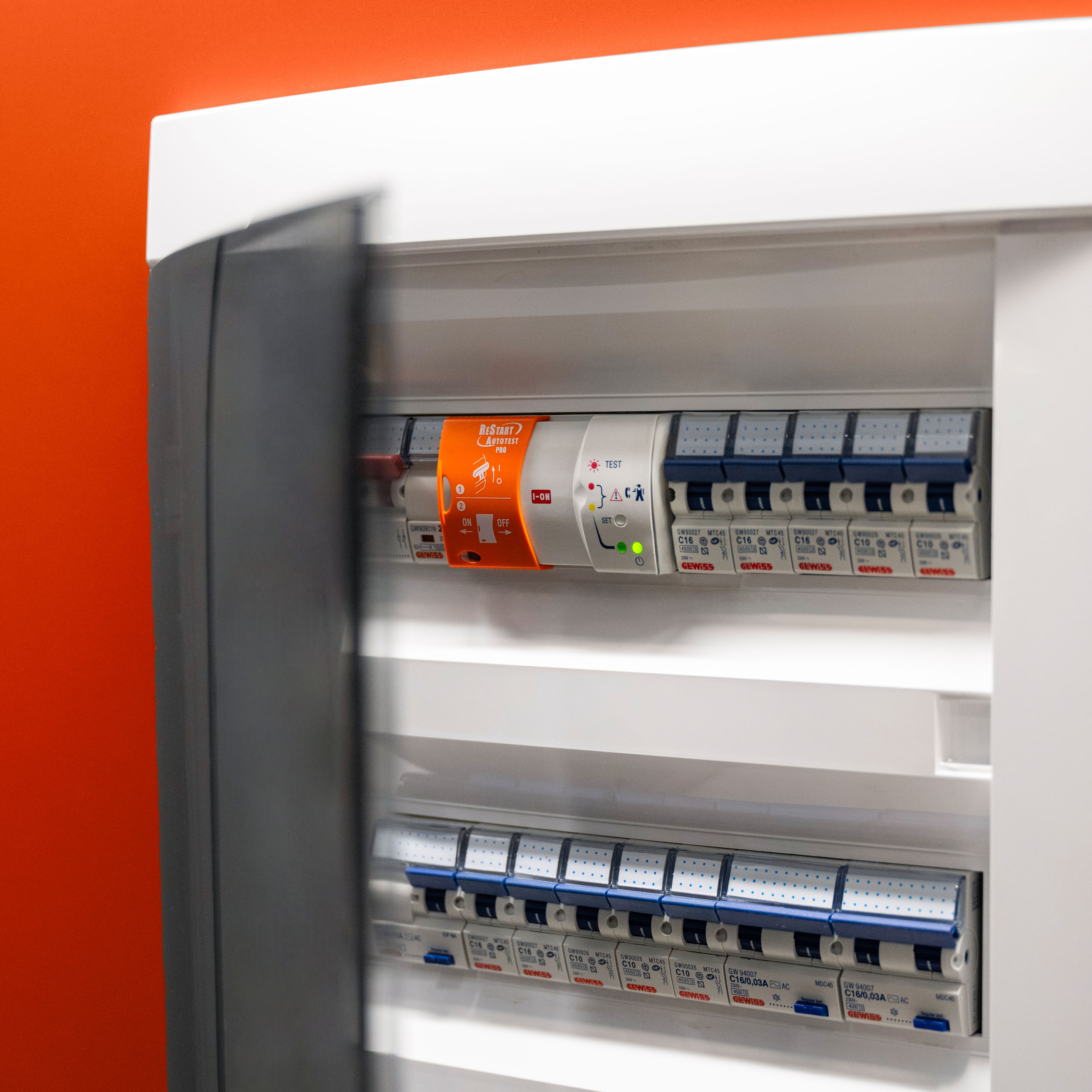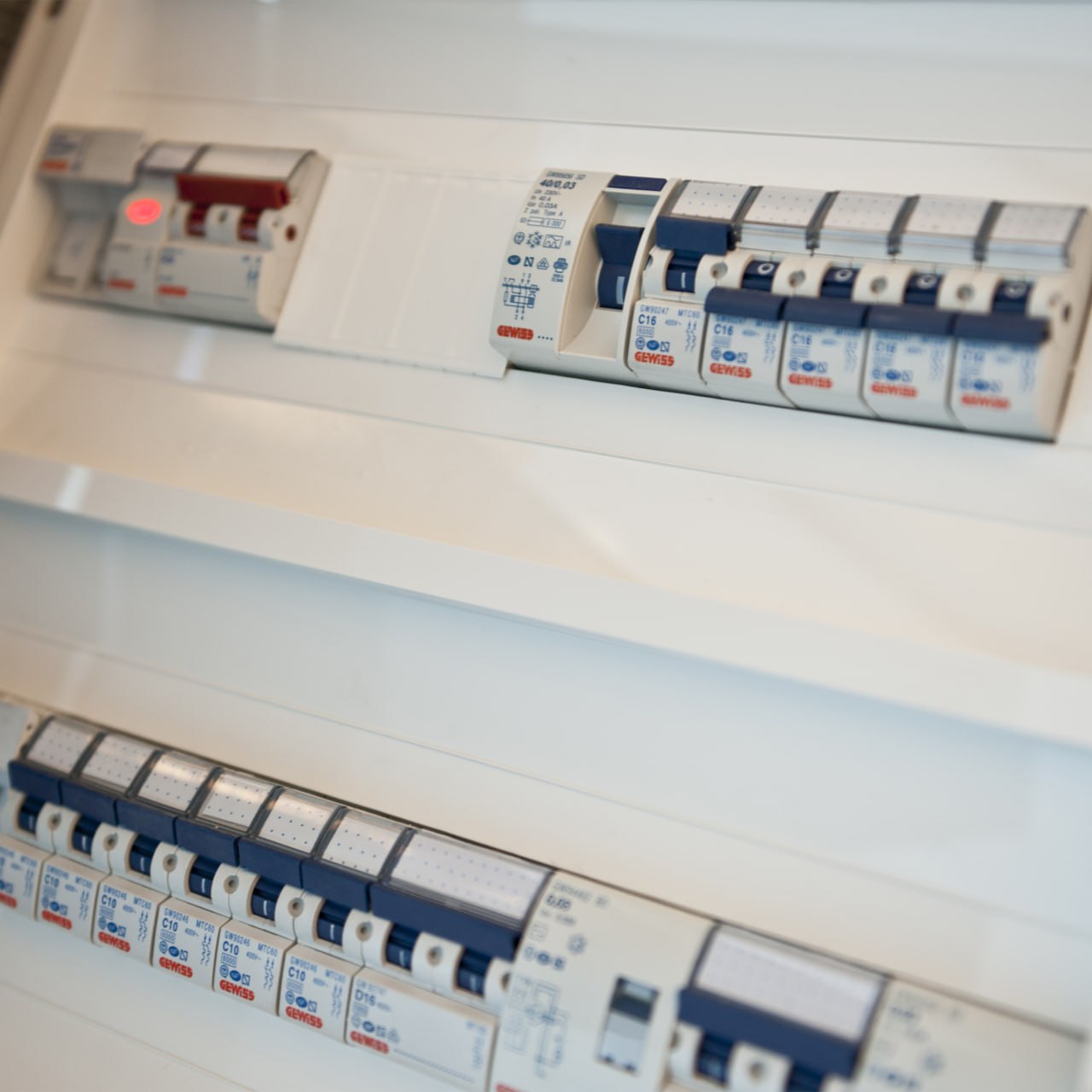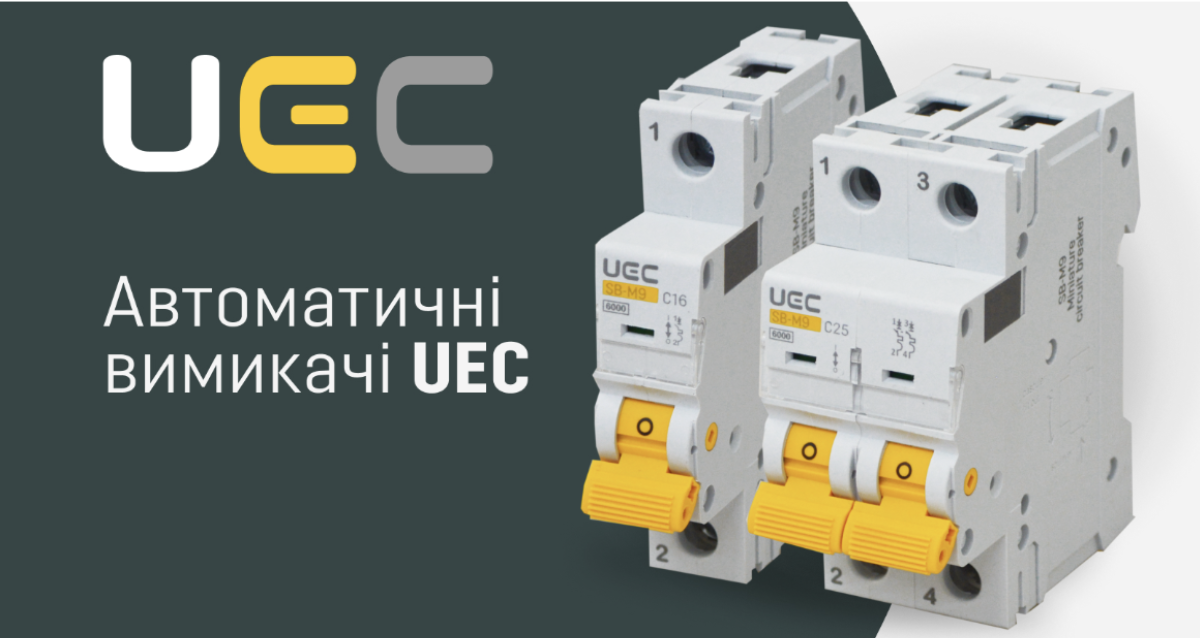The right choice of circuit breaker is the basis for the safety of any electrical network. A reliable circuit breaker can protect not only electrical wiring and equipment, but also human life in the event of a short circuit or overload. Therefore, before buying a circuit breaker, it is important to understand its characteristics and determine the parameters that are suitable for a particular facility: an apartment, house, office, or small production.
Why do you need a circuit breaker
A circuit breaker is a device that shuts off the power supply in the event of an overload or short circuit. Its main function is to protect electrical wiring, devices, and people from emergencies. Depending on the type and parameters, circuit breakers are installed in switchboards in residential, commercial and industrial premises.
The right choice of circuit breaker is the basis for the safety of any electrical network. A reliable circuit breaker can protect not only electrical wiring and equipment, but also human life in the event of a short circuit or overload. Therefore, before buying a circuit breaker, it is important to understand its characteristics and determine the parameters that are suitable for a particular facility: an apartment, house, office, or small production.
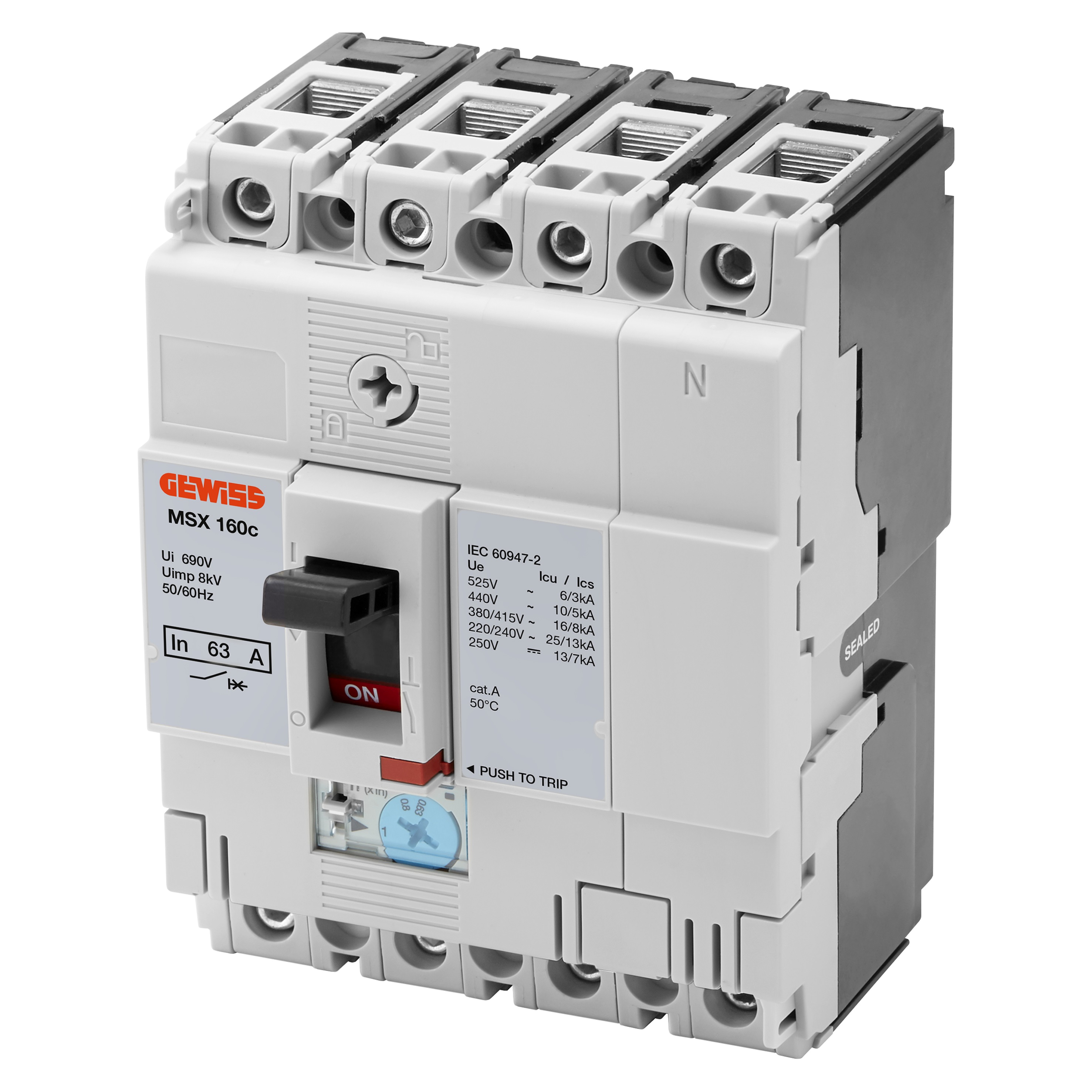
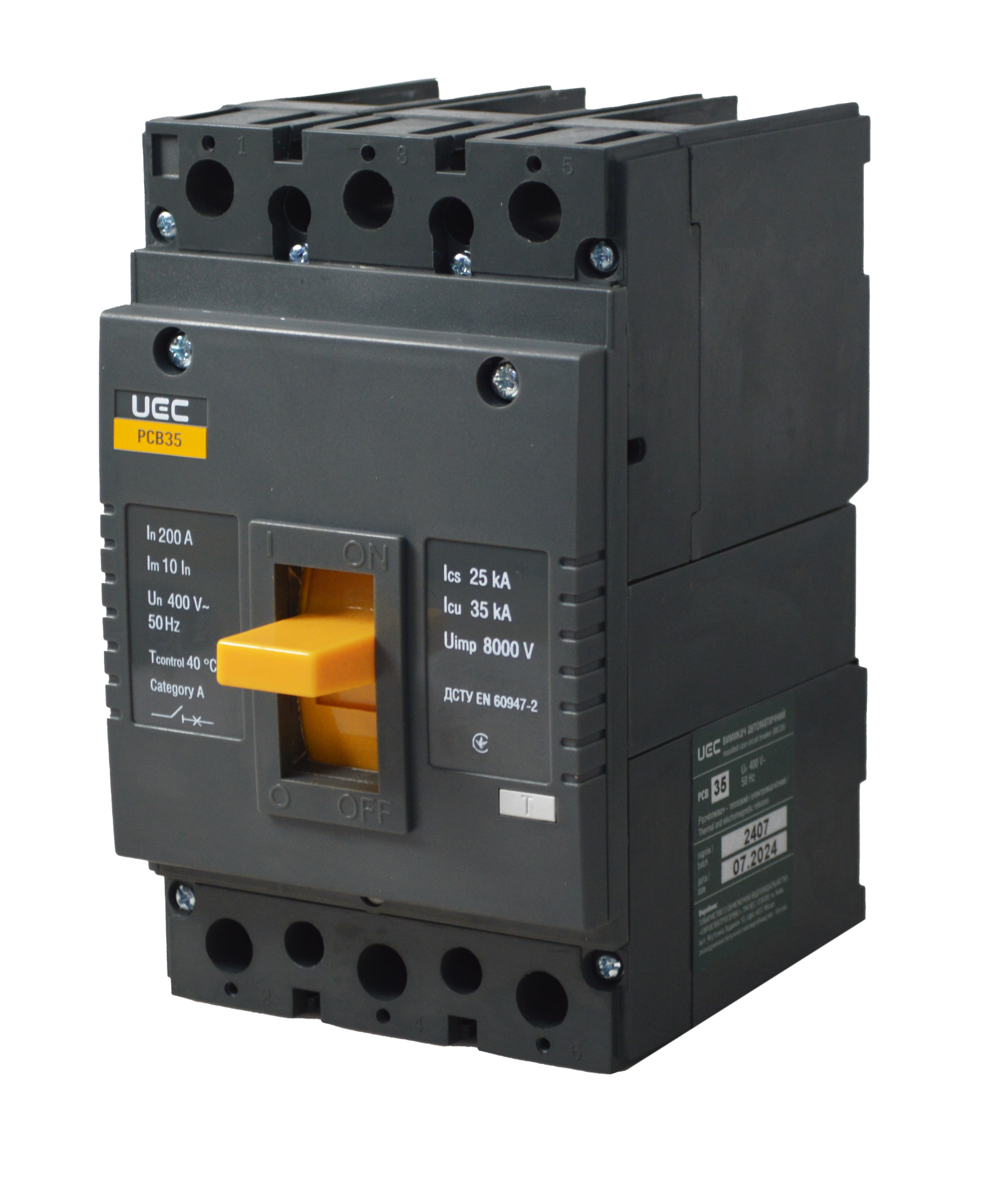
The principle of operation of the machines depends on the type of disconnector:
- Thermal - responds to overload: when the permissible current is exceeded, the bimetallic plate gradually heats up and bends. When it reaches a certain deformation, it activates the circuit opening mechanism. After cooling, the machine returns to its original state and is ready for further operation. Due to the inertia of the process, thermal vending machines do not react instantly.
- Electromagnetic ones are faster. In the event of a sudden current surge (for example, during a short circuit), the coil creates a magnetic field that displaces the core and instantly opens the contacts. This principle ensures high performance.
In most modern models, both mechanisms are combined to provide reliable protection. By combining these two principles, circuit breakers effectively protect the power grid from both long-term overloads and instantaneous emergencies.
How to choose a circuit breaker
Here is a detailed checklist on how to choose the right circuit breaker:
1. Type of consumer. The loads in the power grid are different, and for each consumer, it is worth choosing the appropriate circuit breaker:
- lighting - usually, circuit breakers with a rated current of 6A are used;
- sockets - the optimal current is 16A;
- household appliances - from 20 to 32A, depending on power;
- powerful equipment (electric stoves, motors) - up to 40-63A and above.
2. Rated current. This parameter indicates the load the machine can withstand in normal operation. Typical values: 6, 10, 16, 20, 25, 32, 40, 50, 63 А.
When selecting a circuit breaker for a particular type of load, you should consider a model with a rated current slightly higher than the actual consumption - the nearest higher value (but not more than 20%). For example, if the maximum load of the network is 9A, it is advisable to choose a 10A circuit breaker.
3. Characteristic of the tripping characteristic of the circuit breaker. This indicator describes how quickly the circuit breaker reacts to current surges. There are three main types:
- B - for lighting, sockets in residential premises;
- C - universal, suitable for most domestic and commercial networks;
- D - for starting currents (motors, compressors, machine tools).
4. Number of poles. Depends on the type of network. For a single-phase system, 1- or 2-pole circuit breakers (L or L+N) are used, for a three-phase system - 3- or 4-pole (3L or 3L+N). Two- and four-pole circuit breakers take up more space in the panel, but provide increased protection by simultaneously breaking the phase and neutral, which is important in cases where voltage may appear at zero.
Features of UEC circuit breakers
UEC products are an optimal combination of price, quality and reliability. All UEC circuit breakers are tested in accordance with IEC/EN 60898-1 standards, have certificates of conformity, and are easy to install.
Why choose UEC circuit breakers?
- stable operation at rated load;
- wear-resistant release mechanism;
- compact dimensions and ergonomic design;
- favorable price for retail and wholesale customers.
Electric vending machines: price and what it depends on
The price of electric vending machines varies depending on the technical characteristics and manufacturer.
What affects the cost:
- number of poles - 1P is cheaper than 2P and 3P;
- rated current - higher current = higher price;
- type of disconnection - D is more expensive than B.
Approximate prices for UEC 16 A modular machines with B, C and D characteristics (as of 2025):
- SB-M8 1P 16A B 4.5kA UEC - 73.80 UAH/unit;
- SB-M8 2P 16A C 4.5kA UEC - 150.60 UAH/unit;
- SB-M8 3P 16A D 4.5kA UEC - 221.70 UAH/unit.
Conclusion
Before choosing a circuit breaker, it is important to take into account the load, network features, and type of facility. It is equally important to choose a manufacturer - UEC devices combine reliability, compliance with standards, and affordable price. To help you make your choice, use this guide or contact our consultants.

